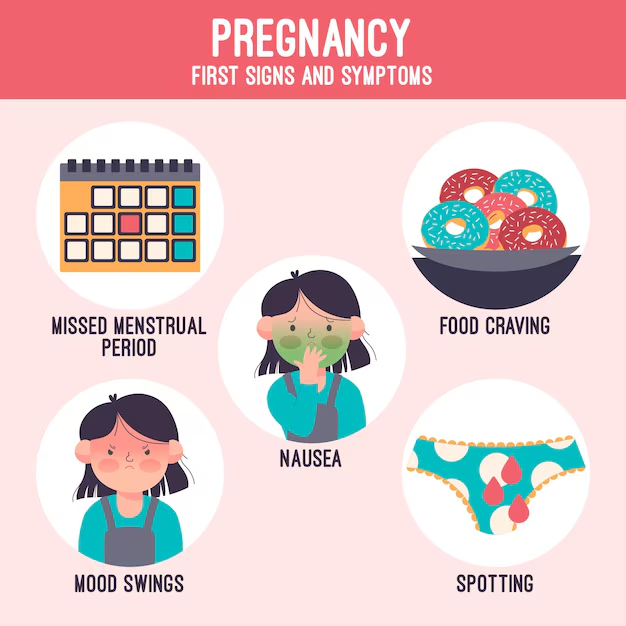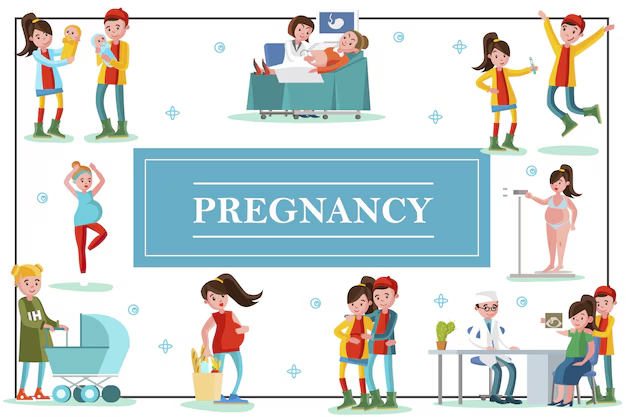Preparing for Labor and Delivery

The journey to becoming a parent is full of excitement, anticipation, and a bit of uncertainty, especially when it comes to the big day—labor and delivery. Preparing for this momentous event is crucial, not just physically but also mentally, emotionally, and logistically. In this blog, we’ll explore everything you need to know to feel confident and prepared for labor and delivery, including tips for physical preparation, creating a birth plan, and handling unexpected situations.
1. Understanding the Stages of Labor
Before diving into preparations, it’s important to understand the stages of labor. Knowing what to expect during each stage can help you feel more prepared and empowered.
-
First Stage: This is the longest stage and begins with the onset of labor contractions. It’s divided into three phases:
- Early Labor: Mild contractions that are spaced apart. It’s a good time to stay at home, relax, and conserve energy.
- Active Labor: Contractions become stronger, longer, and closer together. This is when you should head to the hospital or birthing center.
- Transition: This is the most intense phase where the cervix dilates fully (10 cm). The pressure will be high, and contractions will be very frequent.
-
Second Stage: The pushing stage. This is when the baby is delivered. You’ll feel an urge to push as the baby moves down the birth canal.
-
Third Stage: The delivery of the placenta. While the baby is being checked and cleaned, you’ll also deliver the placenta, which typically takes a few minutes.
2. Creating a Birth Plan
A birth plan is a document that outlines your preferences for labor and delivery. While it’s not a guarantee that everything will go according to plan, having a clear idea of your desires will help you feel more in control and communicate effectively with your healthcare team.
What to include in your birth plan:
- Pain Management: Will you opt for an epidural, natural pain relief methods (such as breathing exercises), or medication like IV painkillers?
- Delivery Preferences: Would you prefer a natural birth, water birth, or use of interventions like forceps or a C-section if needed?
- Who Will Be Present: Consider who you want to be with you in the delivery room—partner, family, doula, or a friend.
- Labor Environment: If possible, personalize the room with items like a favorite playlist, essential oils, or candles.
- Postpartum Care: Your preferences for immediate skin-to-skin contact, breastfeeding, and delaying cord clamping.
Make sure to review the plan with your doctor or midwife to ensure that your wishes are feasible and safe.
3. Preparing Your Hospital Bag
Packing your hospital bag in advance is one of the best ways to feel prepared for labor. You don’t want to be scrambling at the last minute, especially when labor begins unexpectedly. Here’s a checklist of items to include:
For Mom:
- Comfortable Clothing: Pack a robe, slippers, and loose-fitting clothes for after delivery.
- Toiletries: Toothbrush, toothpaste, deodorant, hair ties, and any other personal hygiene items.
- Maternity Pads: The hospital will likely provide these, but it’s always a good idea to bring your own, especially for the postpartum period.
- Phone & Charger: You’ll want to capture those first moments with your baby, and keep in touch with loved ones.
- Snacks & Drinks: Labor can take a long time, and you may need some energy-boosting snacks. Check with your hospital about eating during labor.
- Comfort Items: Bring things like a pillow, blanket, or music to help you relax.
For Baby:
- Clothing: Bring a few onesies, socks, and hats for the baby.
- Blankets: Hospitals will provide blankets, but you may want to bring a special one for your baby.
- Car Seat: Your baby won’t be allowed to leave the hospital without a properly installed car seat.
4. Choosing a Birth Setting
Where you give birth will influence many aspects of your labor experience. There are a few different options to consider:
-
Hospital: This is the most common choice for labor, as it provides the most immediate access to medical interventions in case of complications. It’s important to research your local hospitals, understand their policies, and choose one that aligns with your preferences.
-
Birthing Center: If you're seeking a more natural, home-like environment with minimal medical intervention, a birthing center may be the right choice for you. They are often staffed by midwives and doulas.
-
Home Birth: If you're considering a home birth, ensure that you have a trained midwife or healthcare professional to guide you through the process. Home births can be riskier and may not be suitable for all pregnancies.
5. Preparing Mentally and Emotionally for Labor
Mental preparation is just as important as physical preparation for labor. While it’s impossible to predict exactly how you will feel in the moment, there are things you can do to reduce anxiety and build confidence.
-
Education: Taking childbirth education classes can help you understand what to expect during labor and delivery. Classes cover topics such as pain management, breathing techniques, and postpartum care.
-
Practice Relaxation Techniques: Learn breathing exercises, meditation, or visualization techniques to calm your nerves and focus your energy. Practice these methods throughout pregnancy to make them second nature during labor.
-
Support System: Surround yourself with supportive people who will encourage and comfort you. Whether it’s your partner, a doula, or a close friend, having people who respect your birth plan can make a big difference.
6. Handling Unexpected Situations
While it’s essential to have a plan in place, it’s also important to be flexible. Things may not go according to plan, and that’s okay. Here are some situations to consider:
-
Emergency C-Section: If there are complications, your healthcare team may recommend a C-section. It’s important to understand the reasons for this option and trust your doctors.
-
Induction of Labor: If your labor does not begin naturally or if there are health concerns for you or your baby, you may need to have labor induced. This could involve medications or breaking the water to start contractions.
-
Unexpected Pain Relief: If your initial choice for pain relief isn’t working, you might need to adjust your plan. Discuss different options with your provider beforehand.
7. Postpartum Preparation
Labor and delivery don’t end when the baby is born—postpartum care is essential. To help with your recovery, consider the following:
- Postpartum Support: Arrange for family or friends to help with meals, chores, or baby care for the first few weeks.
- Self-Care: Take time to rest, hydrate, and nourish your body as it recovers from childbirth.
- Breastfeeding Support: If you plan to breastfeed, educate yourself on proper techniques and reach out to a lactation consultant if needed.
Related Articles

Baby development at 33 weeks

Common Symptoms in the First Trimester and How to Manage Them

What Is Considered a Normal Period Flow?

Baby development at 38 weeks

Step-by-Step Approach to Boosting Fertility and Getting Pregnant

Baby development at 11 weeks

Baby development at 05 weeks

The Relationship Between Exercise and Your Menstrual Cycle